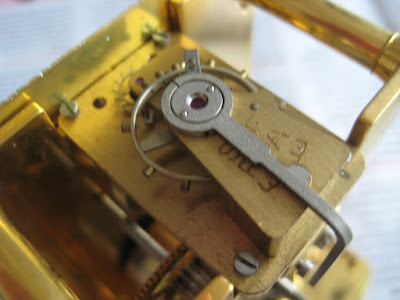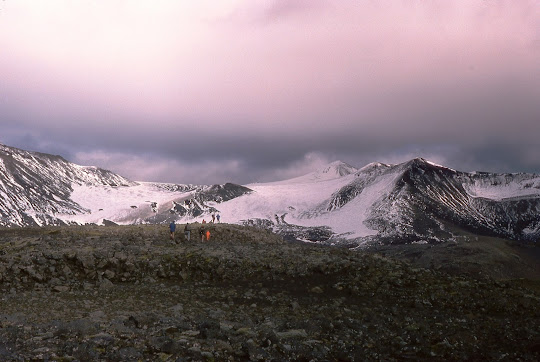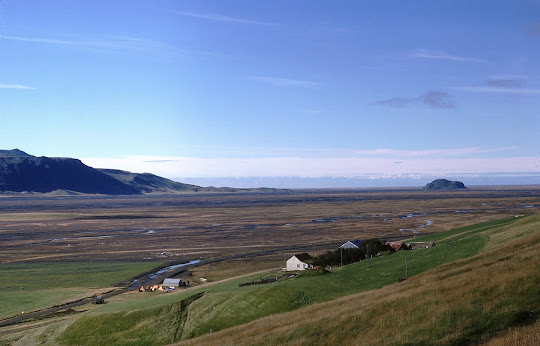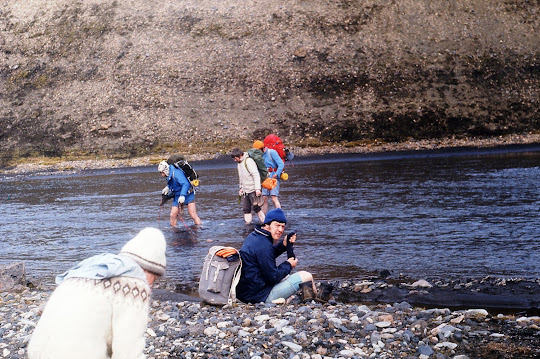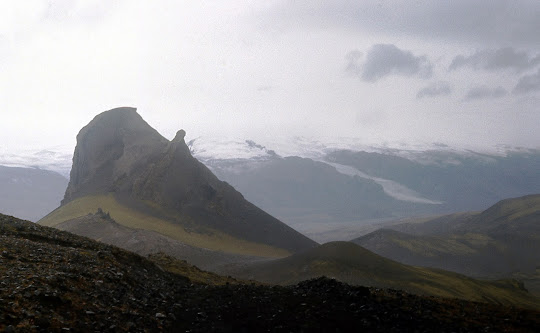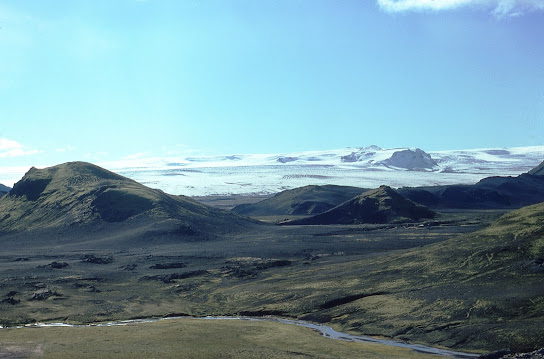In 1974, I retired my trusty old Kodak Brownie Starmite camera, bought a Zenith E single lens reflex and switched from black and white prints to colour slides. The photographs from that time are still good, even after nearly fifty years. For example, here in the summer of 1974 is my friend’s Hillman Minx being unloaded by crane from the (turbine steamship) T S Leda at Bergen, Norway. It was the ship’s last year as a North Sea ferry before Roll-on/Roll-off came into operation on that route. You watched anxiously as your car was lowered to the quayside.
We had sailed from the Tyne Commission Quay at Newcastle. Only last May, I walked the half mile out to the end of the pier at Tynemouth, which I remember passing on the Leda, and gazed awestruck into the mouth of the Tyne, and at the even longer structure on the South Shields side. All still very much in colour, both photographically and in memory.
Now look at this one, taken at Scarborough in 2004, which I discovered when scanning in.
It isn’t a one off; we have four boxes like this, a hundred and forty four washed out pictures, all on Agfachrome from 2004. We have other boxes from the same year on Fujichrome, and others on Agfachrome from before and after, all fine. So far as I can remember, they have not been stored any differently; all have been in a drawer in the same cardboard box. On Steve Reed’s Shadows & Light blog, he even has good slides from the nineteen-fifties.
Some of our affected slides are like this one of wild ponies on Dartmoor. They suggest a reaction with the air, because these were from the centres of the slide boxes. They seem to have degraded from the outside in.
I found a web site, https://www.scantips.com/color.html, which explained how the slide below on the left had been restored to the two on its right, but despite playing around with Photoshop, I was unable to restore mine to anything like its original self. Some of the detail seems to have been lost. And you would need much better Photoshop skills than I have to correct slides that still retain colour in the centre but have lost it at the edges.
Thankfully, it’s only four boxes: we have over a hundred and fifty in all. Is it our fault, or did Agfa change something in 1974? I’ll probably never know.
The slides were from my wife’s camera. She changed to digital in 2006, as I had done in 2001. Here is her picture from last year of the iconic lighthouse at the end of Tynemouth pier, which I remembered seeing from the Leda. Underneath is how the piers look from the air. They shelter the mouth of the Tyne. Incredible!
Lots of things can go wrong with digital images, but loss of colour is unlikely to be one of them.
















